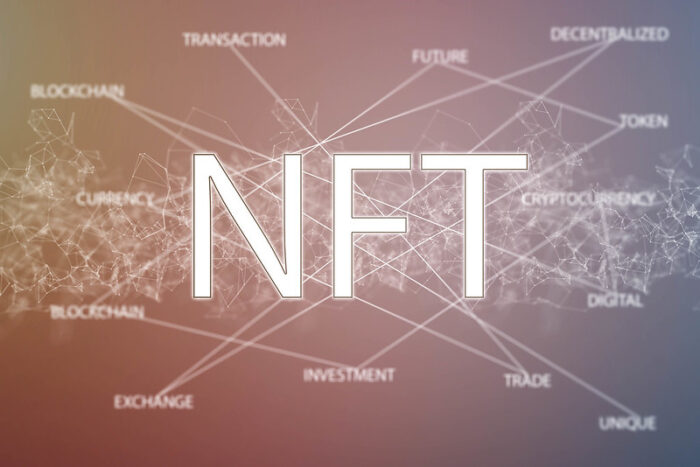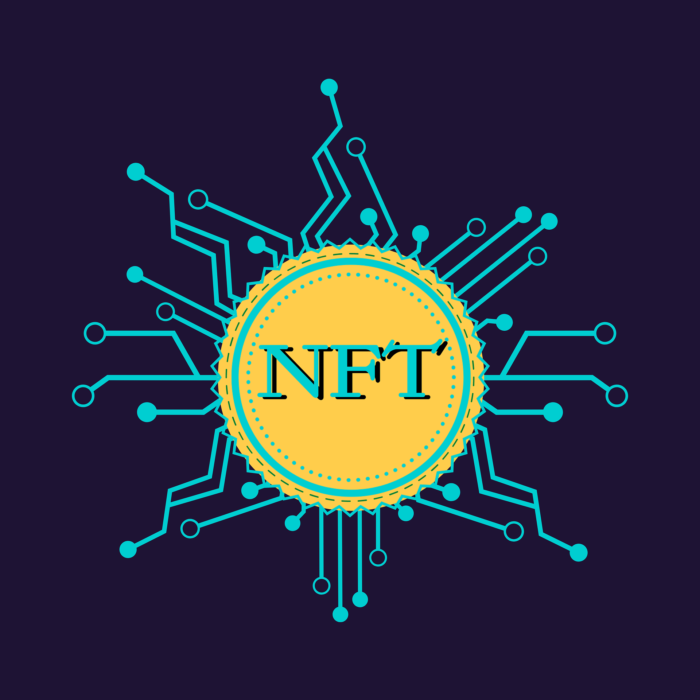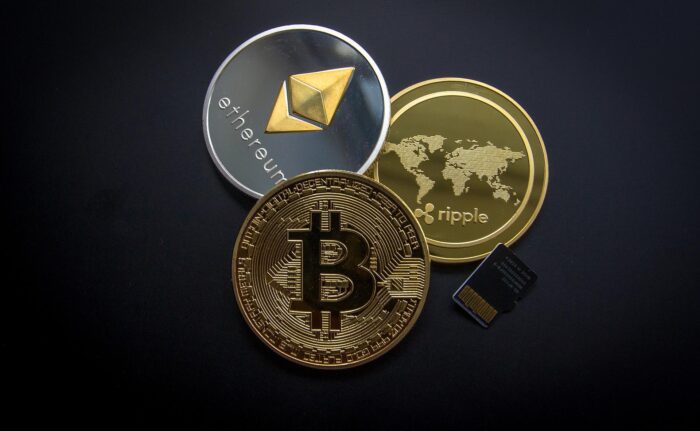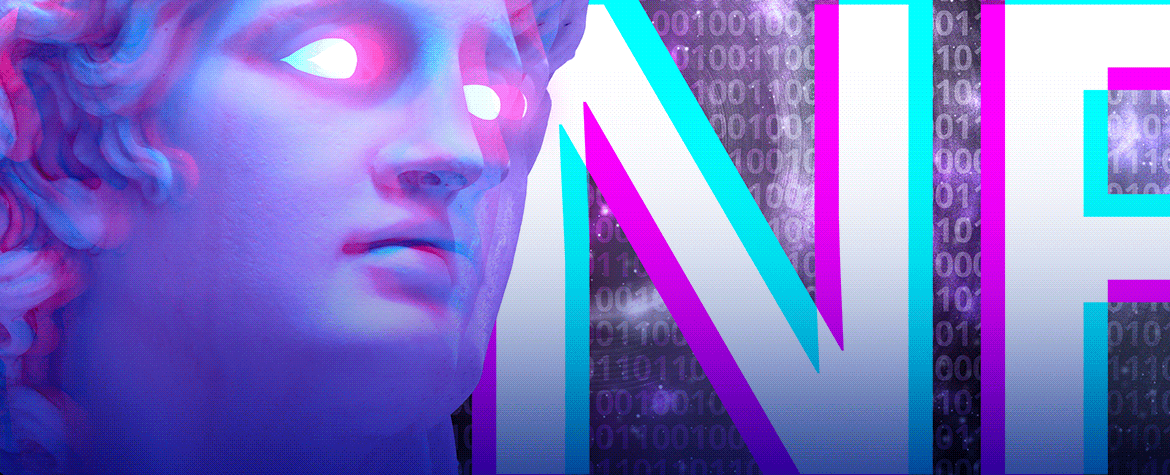Non-Fungible Tokens (NFTs) took off in a big way in the past year. Seemingly simple images were raking in hundreds of thousands of dollars for early-bird speculators. Big companies like Square Enix and EA were joining in on the craze, trying to facilitate them in their own industry.
However, on the flip side, there are ardent critics comparing them to any modern-day economic bubble du jour. The phrase “Fuck NFTs” nets a lot of searches monthly, so sometimes the derision speaks for itself.
The idea itself seems ludicrous from afar: pictures of old memes or cheaply-generated avatars going up for the price museums shell out for classical art pieces. Similarly, Bored Ape Yacht Club NFTs have not done much to inspire confidence, being an infamous avatar for the seeming laziness of this art movement. However, looking simply from a monetary perspective, what is their investment potential?
With recent instabilities in both the NFT and crypto markets (an adjacent technology), it might be worth looking at where these allegedly lucrative digital investments stand. Do they fulfill the purposes they purport towards or are they just hyped-up baseball cards?
First, let’s briefly cover the technical basics:
What are NFTs?
First, let’s get into why NFTs exist. Non-Fungible Tokens are digital objects that can’t be replaced. While NFTs are traded on blockchains like Ethereum, they differ from cryptocurrency in that they are supposed to be one of a kind and an asset rather than currency tender (our explainer on blockchains might be handy if you don’t know much about the technology).
So, how much does it cost to create an NFT and how do you flip it?

Image courtesy of Marco Verch
Let’s go over the basics of minting NFTs.
How to Mint an NFT: The processes can vary but here’s a general (this example applies to OpenSea but covers the general steps for other platforms):
- Connect your crypto wallet
- Create and upload an item that can be minted as a token
- Pay up the “gas fee” required for minting
- List your NFT for sale
How much does it cost to mint an NFT? Popular wallets charge between $70 to $120 to open an account not to mention varying gas and account fees. However, lazy minting is a process where the seller can get the buyer to foot the bill for these costs as long as the sales prices exceed all costs.
How do people flip tokens? In terms of how to flip NFTs for profit, the process is similar to any speculative market (with extra steps).
- Find an undervalued NFT on the market
- Make sure the paperwork and due diligence check out
- Software like MintyScore or NFT Scoring can help with this
- Check for rare characteristics with tools like Rarity Tools
- Buy it
- Sell it for a higher price
Why do People Buy NFTs?

The pro-NFT arguments from advocates go thusly:
- They support creators directly, in a decentralised manner eschewing bureaucracy
- They preserve copyright and ownership
- Democratises the art market for users
- Can be a stable investment in assets
- The value of NFTs increases over time
- Future technological potential
- Companies plan to implement blockchain which would allegedly allow NFTs to operate cross-platform
- NFTs can act as avatars on things such as games in the future (according to developers)
- Allows for unique fingerprints for digital art
We’re looking to examine each of these supposed benefits.
Critiques of NFTs as Digital Assets
Critics have made clear that most (if not all) of the benefits of NFTs don’t actually pan out. For example, their utility as a means for propagating art does not prevent theft or even properly confer copyright. Similarly, the industry has had a slew of scams that have been counter-productive for the art market. Many artists have had their original art turned into NFTs without permission.
Another issue that critics raise is the concept of digital scarcity. When something can be endlessly reproduced, only artificial scarcity is possible. This idea has led to the mocking trend of right-clicking NFTs as a derogatory expression of disdain for the concept.
As a tool for democratizing the market, critics consider tokens counter-productive. The artificially inflated prices tend to deter average-income buyers from participating in NFT trades.
Similarly, as a copyright tool, most NFTs have no legally binding authority or methods of copyright enforcement. They end up being the equivalent of “owning” a star in the sky from one of those online registries. Yes, you are registered there legitimately, but whatever rights that ownership confers are flimsy at best and impractical in enforcement.
This is why NFTs are primarily a speculator’s market.
Tokens, Crypto, & The Blockchain
Primarily, they have become a way of buying and selling assets with cryptocurrency. In fact, some have made the argument that they exist only to bolster more applications for blockchain:
Being tied to Crypto can make them volatile depending on which system is being used and which currency. Some cryptocurrencies are more stable than others but they have all seen wild fluctuations in recent years. In terms of investment, this puts NFTs into the high-risk, high-reward category.
How the Marketing of NFTs Built the Hype
Despite the limited applications and inconsistencies in the NFT ecosystem, hype kept climbing for a while. Numerous firms were genuinely giving a crash course in how to market NFT images as a new art form or avenue of self-expression. The marketing is worth looking at both for its messaging and as an answer to why the trend took off.
If you’ve ever wondered why so many Hollywood celebs were suddenly lining up for apes, the answer is agency connections. People with the right resources got spots on the Jimmy Fallon show with Paris Hilton hocking NFTs. At some point, everyone from Grimes to Snoop Dogg to Lindsay Lohan was making mint-worthy partnerships.
This trend had a lot to do with astroturfing (the act of faking grassroots popularity). The nexus of agencies that manage these deals between celebrities and NFT groups is vast. In the beginning, this network built a lot of the hype around tokens.
In hindsight, the marketing for NFTs was inescapable at its zenith. Recently, it has died down, but apparently so have the values of tokens.
NFTs as an Investment (Currently)

NFT profits have sunk a fair bit since their heyday. Right now, the market is in disarray with speculation abound. In February the prices of various NFT brands diminished: CryptoPunks dropped by 32%, Cumulative daily sales have dropped from $160 million in January to $26 million on Thursday, and a Bored Ape Yacht Club NFT originally valued at $350k was sold for $115 recently.
Overall sales were down 92% judging by the most recent records. The entry price of pixelated Moonbirds spiralled down from an April high of $110,000 to $45,000 while Bored Apes NFT collections have halved in value. The market is seeing a tumble as of late but there are those that keep hanging on. Lower prices usually help speculators pick up the refuse and sell more.
However, the prices of NFTs are still too high for the average person to pick up the drop. The industry has found itself in a trap: low demand running against over-inflated value. The issue currently is that people do not see the worth and have become hesitant due to market volatility.
Still, companies appear to have made some headway in the NFT market. Are they remaining steadfast in the market?
Is Corporate Investment Going Strong?
From Disney NFTs to gaming companies opting in to provide unique content through tokens, corporations dove in head-first. Mainly, companies are using them as tools for digital loyalty programs and alternative revenue streams. Many are just riding the tech wave while not spending big amounts of cash on NFTs (as Tal Lifshitz notes).
A lot of this is about testing the waters of Web 3.0. Just as when brands went from physical to digital, they are now seeing this as a new means of digital merchandise. No doubt, brands will explore other marketplaces as well, including the Metaverse so this is one of many bandwagons.
Blockchains are also marching forward with more spending on NFT marketplaces and promotion. Currently, Cardano NFTs are still on the launchpad (with future events in the works) and other blockchains are also persisting despite the dip.
Conclusions on the State of the Market
In its current state, the market is in disarray. In the majority of ways, NFTs have not fulfilled the purpose they set out to. In fact, they’ve even damaged the art market with fraudulent sales and copyright breaches. The NFT bubble has burst but that doesn’t necessarily mean NFTs themselves are dead.
After all, the dot com bubble collapsed and that didn’t destroy the concept of websites. NFTs will probably be around in some shape or form for a while. That said, in terms of utility they haven’t inspired much faith in rearranging the art market. They are routinely considered fairly pointless. This gap will have to be overcome to maintain their longevity as digital assets.
Another issue is that investing in NFTs is not only expensive but also prone to scams. Sometimes these Ponzi schemes can go for upwards of millions of dollars. This is, after all, one of the drawbacks of an entirely unregulated market like NFT communities: there is no incentive not to scam people.
However, the biggest problem so far is that they don’t solve the problems they were created to solve and the overzealous marketing promises have yielded no returns. If NFTs do take off again, one has to ask whether they serve any purpose other than making speculators richer.


